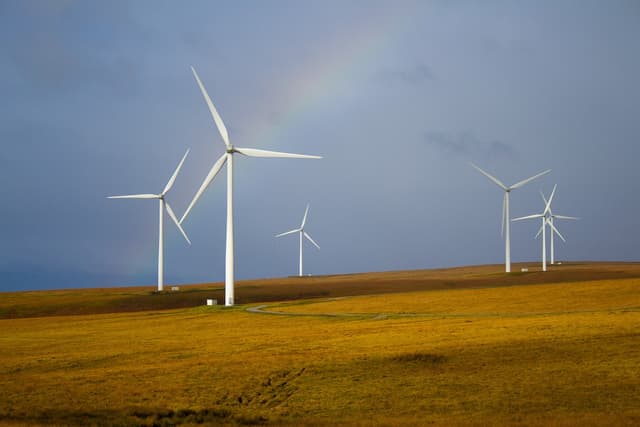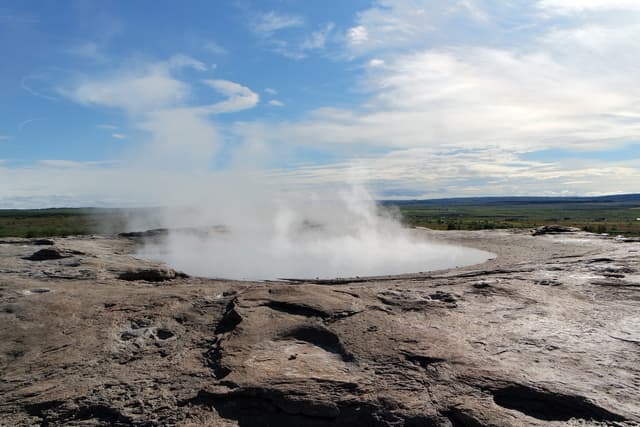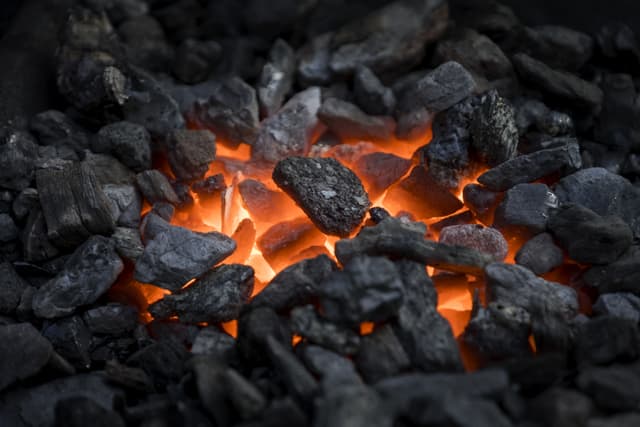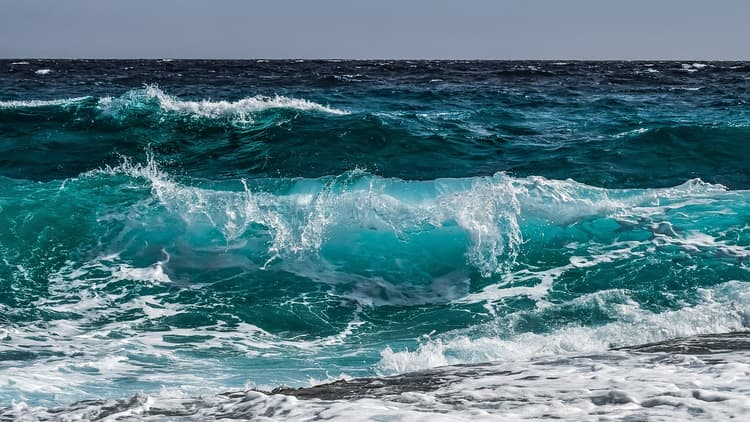Myths about teaching can hold you back
- Year 5
Economic minerals and their uses
I can describe what economic minerals are and explain where they can be found and how we use them.
- Year 5
Economic minerals and their uses
I can describe what economic minerals are and explain where they can be found and how we use them.
These resources will be removed by end of Summer Term 2025.
Switch to our new teaching resources now - designed by teachers and leading subject experts, and tested in classrooms.
These resources were created for remote use during the pandemic and are not designed for classroom teaching.
Lesson details
Key learning points
- Economic minerals are useful or valuable solid substances that are found in the Earth's crust.
- Iron has been an important metal since ancient times; it is used for steel production but is now in short supply.
- Non-metallic resources include feldspar and quartz, used for electronics, and sand which is used in construction.
- Extraction of these resources can pollute the ground and water supplies locally and damage landscapes.
Keywords
Extraction - Extraction is the process of removing something (like minerals), especially by force.
Mining - Mining is the process of digging under the ground to remove natural resources.
Quarrying - Quarrying is digging into the surface of the ground to remove things like rock or sand for use.
Common misconception
Economic minerals are not important to everyday life.
Nearly every product we use in day-to-day life contains economic minerals that have to be mined or quarried.
To help you plan your year 5 geography lesson on: Economic minerals and their uses, download all teaching resources for free and adapt to suit your pupils' needs...
To help you plan your year 5 geography lesson on: Economic minerals and their uses, download all teaching resources for free and adapt to suit your pupils' needs.
The starter quiz will activate and check your pupils' prior knowledge, with versions available both with and without answers in PDF format.
We use learning cycles to break down learning into key concepts or ideas linked to the learning outcome. Each learning cycle features explanations with checks for understanding and practice tasks with feedback. All of this is found in our slide decks, ready for you to download and edit. The practice tasks are also available as printable worksheets and some lessons have additional materials with extra material you might need for teaching the lesson.
The assessment exit quiz will test your pupils' understanding of the key learning points.
Our video is a tool for planning, showing how other teachers might teach the lesson, offering helpful tips, modelled explanations and inspiration for your own delivery in the classroom. Plus, you can set it as homework or revision for pupils and keep their learning on track by sharing an online pupil version of this lesson.
Explore more key stage 2 geography lessons from the Natural resources: what are they, where are they found, why are they important? unit, dive into the full primary geography curriculum, or learn more about lesson planning.

Licence
Prior knowledge starter quiz
6 Questions
Q1.Approximately what percentage of the Earth's energy comes from renewable resources?
Q2.Which are these examples of renewable energy?




Q3.Which of these products are grown, not reared?
Q4.What animal are they trying to protect in the Bwindi Forest in Uganda?
Q5.What is sustainable farming?
Q6.Are these products from an arable or pastoral farm?
arable
arable
pastoral
pastoral
pastoral
arable
Assessment exit quiz
6 Questions
Q1.Can you match the key word to the correct definition?
process of removing something with force
process of digging under the ground to remove natural resources
digging into the surface of the ground to remove things to use
Q2.Which metal has been used since ancient times? Unscramble the letters to help you find the answer.
Q3.What can iron and steel be used for?
Q4.What natural resources is steel made from?
Q5.Are these metallic or non metallic minerals?
metallic
non metallic
metallic
non metallic


